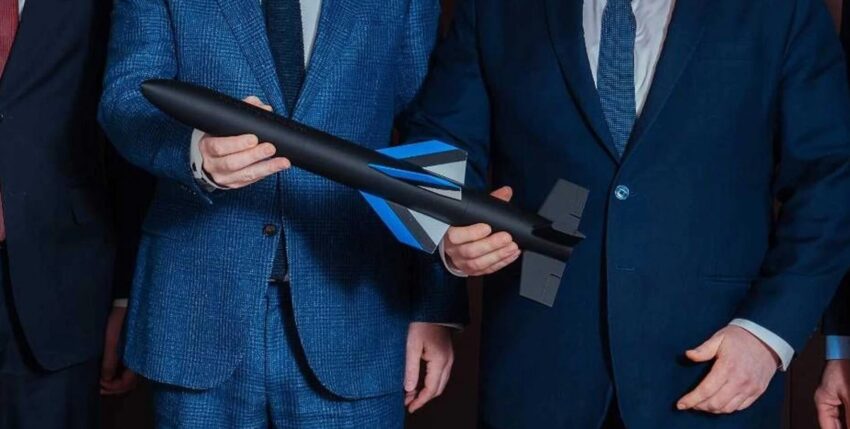The British guided missile destroyer HMS "Diamond" (D34, Type 45) was stationed in the Red Sea for several months from January 2024 as part of the US-led Operation Prosperity Guardian. The ship fired several Sea Viper missiles in one night to fend off seven drones that had been fired at merchant ships.
While some drones in the Red Sea could be shot down with relatively inexpensive tube weapon systems - such as Phalanx - most of them were shot down with expensive missiles. A single Sea Viper costs significantly more than 1 million euros. The total cost of the missiles fired by HMS "Diamond" during its deployment in the Red Sea is estimated at over 25 million euros, while the cost per Houthi drone shot down is probably less than 50,000 euros.
The most recent Russian "drone attack test" on Poland on 10 September also makes the discrepancy clear. Some of the drones shot down with air-to-air missiles were merely decoy drones, without any armament. These drones only serve to "consume ammunition" for the defender. Imagine such a scenario in an open exchange of blows with an attacker. As things stand at present, NATO would have almost exhausted its stock of air defence missiles before the attackers deployed their real drones with explosive charges.
This imbalance between the costs makes it clear that it is not about a competition between technologies, but about efficiency in defence. It is a question of how quickly the stocks of missile systems, which are also designed for far more complex targets due to their acquisition costs, will run out. Ultimately, there is proof that drones have become strategic weapons - also for disrupting shipping. Other solutions must therefore be provided as a matter of urgency.
At the "Defence and Security Equipment International" (DSEI) trade fair, which takes place every two years in London, the Estonian company Frankenburg Technologies presented its short-range anti-drone missile Mk 1 at the beginning of September, describing it as the smallest guided missile in the world. It can be fired from ships, aircraft, drones, fixed ground positions and armoured vehicles. The cost of the system is quoted at around 55,000 euros per unit. Frankenburg Technologies claims that the simplicity of the design will enable the production of hundreds of missiles per week. The system currently appears to be undergoing field trials in Ukraine.
It remains to be seen whether the lengthy procurement processes in the NATO countries will lead to faster contract conclusions in view of the intensifying threats. Ukraine, in its national struggle for survival, has no choice but to make this transition quickly. Western countries, even if still in peace mode, should follow suit; waiting is not a solution if defence capability is the goal.
kdk, The Maritime Executive










